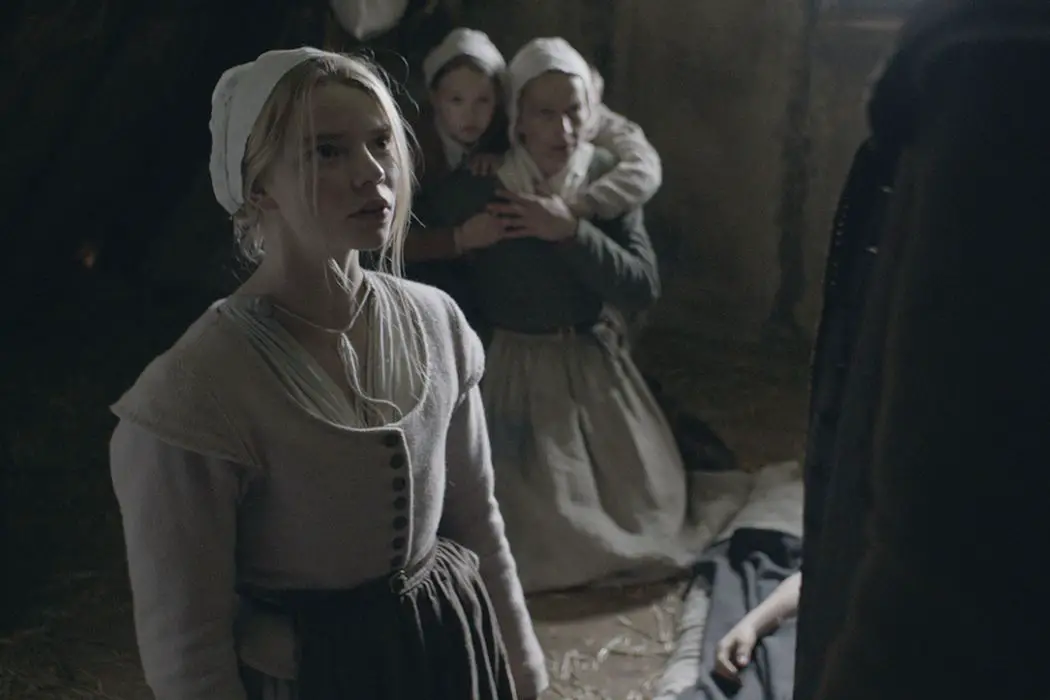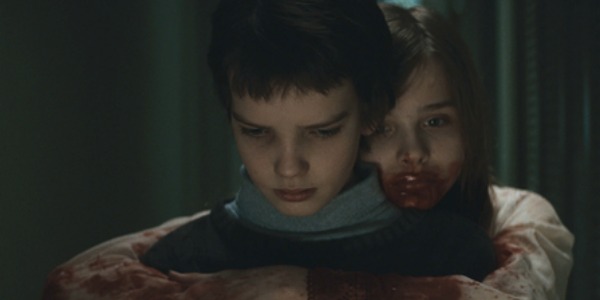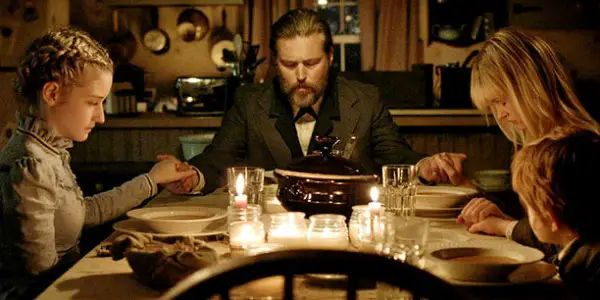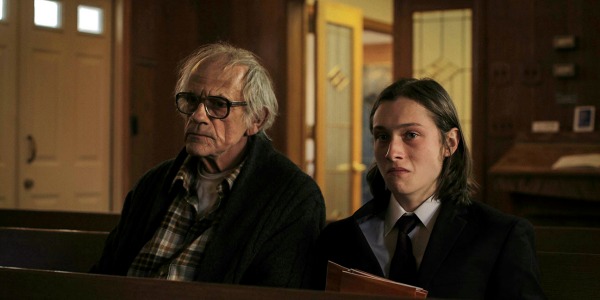Hormones & Hacksaws: Coming-of-Age Horror

Graduate of New York University's Dramatic Writing program. Novelist, short…
M. Night Shyamalan’s 1999 horror classic The Sixth Sense is perhaps best remembered for its twist ending, but watch the film enough times and its real humanity comes through. It is the story of a boy (Haley Joel Osment) whose unstable mind threatens to shake the happiness of his family. He is damned to see the angry souls who still walk the earth, a secret he holds close in an effort to protect his single mother (Toni Collette). It is ultimately a coming-of-age film disguised as horror.
Adolescence can be terrifying. Like some kind of body horror transformation scene, the teenage world is shaken by shifting muscles, unexplainable mental gymnastics, and an onslaught of sprouting hair. It is no wonder, then, that the subject of these changes is so often observed within the confines of horror. An audience feels for characters in horror because of their trauma, and what could be more traumatic than an uncomfortable first kiss or sudden uncontrollable urges?
Romeos and Juliets
Both traumas are tied together beautifully in 2010’s Matt Reeves-directed Let Me In. Full disclosure: this is an American remake of a beloved non-English film. In its unflinching observations on adolescence, though, it proves slightly more successful than the original.
We are introduced to Owen (Kodi Smit-McPhee) as he spies on his neighbors through a telescope, wearing an unnerving plastic mask and carrying a large knife. He is shifting in this moment, wearing this facade as armor that we later see stripped away to reveal the weak boy underneath. Enter his protector, Abby (Chloë Grace Moretz).

The film bathes in the complications of romantic love, friendship, guardianship, and rooted mistrust. Owen and Abby blindly accept the darker imperfections of one another, to violent consequences. But through the lens of a mind that is suddenly wired to find companionship despite its costs, this passion seems reasonable. The brutal climax of the film illustrates the potential for young love to destroy everything around it, because the adolescent brain is built to feel the extremes of emotion and white out the collateral damage.
Mommy Dearest
Interesting, too, is the way Let Me In deals with the relationship between Owen and his parents. Like Cole in The Sixth Sense, Owen lives with his single mother, whose face is never shown in focus throughout the film. In its most heart-wrenching scene, Owen calls his estranged father, ready to confess the evil that lies within his new love. His father, however, refuses to listen, and Owen is left completely alone to cry on the kitchen floor, staring forward in the realization that his support is no longer familial; it now comes solely from the evil next door.
During adolescence, the social brain is no longer concerned with the acceptance of family, but with that of peers. Owen discovers this in a cataclysm of letdowns, but other films have focused their entire runtime on this aspect of growing up. This includes another remake, Jim Mickle’s We Are What We Are (2013). The film concerns itself with a survivalist family that lives a secluded life until the matriarch dies suddenly. Now a widower, Frank Parker (Bill Sage) lets his teenage daughters (Julia Garner and Ambyr Childers as Rose and Iris, respectively) in on the family secret: for many years they have been ritualistically eating the flesh of other humans.

The emotional power of the film is in its ability to slowly crawl under the skin before bursting forth with repentant blood-letting. At first, the sisters accept their lifestyle simply because it is a relic of their childhood. A rebellious streak begins to rise and with it comes the questioning of authority and tradition. Again, the young mind finds itself capable of making moral calls outside the realm of what has been dictated since birth, and the results brutally destroy the foundation of the family unit.
It is countered by Goodnight, Mommy (2014, dir. Severin Franz and Veronika Franz), in which the world begins to change around twin brothers Lukas and Elias (Lukas Schwarz and Elias Schwarz). When their mother returns from plastic surgery covered in bandages, the boys begin to question whether or not some monster has come to their home in her stead. The fight is not against their mother, but against this new thing that meanders around their secluded world in charade.
While coming-of-age themes such as identity and loss of innocence permeate these films, it is more subtly rooted in one of the harshest realities of becoming an adult: the people you once saw as perfect are far from it. This realization can shatter the framework of morality and understanding. In We Are What We Are and Goodnight, Mommy, the toppling of this worldview manifests itself physically; there are no drugs and very little sex, but the ramifications are just as visceral.
I Am Not a Witch
More recently, 2015’s The Witch (dir. Robert Eggers) and 2016’s I Am Not a Serial Killer (dir. Billy O’Brien) have tackled these same tropes through the guise of horror. Both study the ways in which cold, mistrusting communities can crystallize the coal of hate within a developing mind. While their styles (one a colonial period piece, the other covered in a layer of grit reminiscent of early George Romero) are completely different and their outcomes a mile apart, both question what good can exist within a heart constantly shifting between its highs and lows, a heart guided by a mind more obsessed with self-worth and confinement than anything so bland as good and evil.

As our understanding of the adolescent mind becomes more complex, so, too, do the films that seek to portray it. All seem to have a common theme, though. Those young people who find compassion in others avoid the devastating fates of those left to navigate the world alone, though none seem to find traditionally “happy” endings. After all, their worlds are changing.
As the cocoon around these adolescent protagonists splits and the world comes flooding in, what emerges must be different. It must be something that can cope with an uglier new reality. Ultimately, these films propose, this new visage is often as terrifying as the metamorphosis itself.
What other horror films double as coming-of-age tales? More importantly, why is the genre so good at portraying the nastiness of adolescence?
Does content like this matter to you?
Become a Member and support film journalism. Unlock access to all of Film Inquiry`s great articles. Join a community of like-minded readers who are passionate about cinema - get access to our private members Network, give back to independent filmmakers, and more.
Graduate of New York University's Dramatic Writing program. Novelist, short story writer, and podcaster. Batman and Star Wars nerd.












